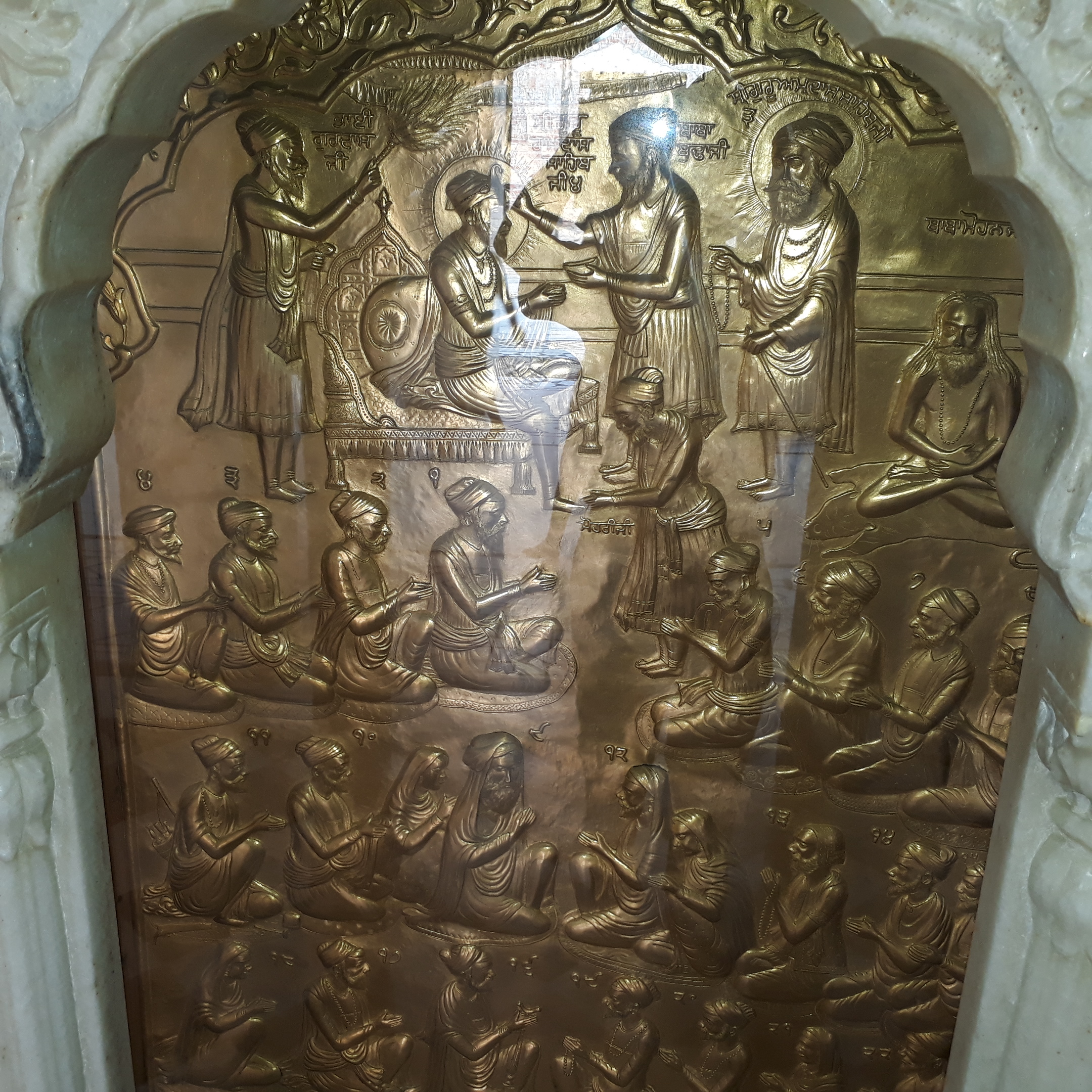Sikh Manji on:
[Wikipedia]
[Google]
[Amazon]
 A Manji (Punjabi: ਮੰਜੀ ਪ੍ਰਥਾ ) was a
A Manji (Punjabi: ਮੰਜੀ ਪ੍ਰਥਾ ) was a
 A Manji (Punjabi: ਮੰਜੀ ਪ੍ਰਥਾ ) was a
A Manji (Punjabi: ਮੰਜੀ ਪ੍ਰਥਾ ) was a Sikh
Sikhs ( or ; pa, ਸਿੱਖ, ' ) are people who adhere to Sikhism (Sikhi), a monotheistic religion that originated in the late 15th century in the Punjab region of the Indian subcontinent, based on the revelation of Guru Nanak. The term ' ...
religious administrative unit for the propagation of Sikhism towards men. It was part of the Sikh missionary administrative organization founded by Guru Amar Das
Guru Amar Das (Gurmukhi: ਗੁਰੂ ਅਮਰ ਦਾਸ, pronunciation: ; 5 May 1479 – 1 September 1574), sometimes spelled as Guru Amardas, was the third of the Ten Gurus of Sikhism and became Sikh Guru on 26 March 1552 at age 73.
Befo ...
, the third Guru of Sikhism
Sikhism (), also known as Sikhi ( pa, ਸਿੱਖੀ ', , from pa, ਸਿੱਖ, lit=disciple', 'seeker', or 'learner, translit= Sikh, label=none),''Sikhism'' (commonly known as ''Sikhī'') originated from the word ''Sikh'', which comes fr ...
. Manji refers to each zone of religious administration with an appointed chief called ''sangatias'', with officially appointed representatives known as a ''masand
A masand was a representative and tithe collector in Sikhism. They were an officially appointed missionary minister representing the Sikh Guru, who baptized conversions to Sikhism, and collected '' dasvandh'' ("the tenth" of income) as an offering ...
''. It had been conceptually similar in its aims to the diocese
In church governance, a diocese or bishopric is the ecclesiastical district under the jurisdiction of a bishop.
History
In the later organization of the Roman Empire, the increasingly subdivided provinces were administratively associat ...
system in Christianity, and had been similarly important in Sikh missionary activity.
The word ''Manji'' or ''Manja'' literally means a cot (taken as the ''seat of authority'' in this context).
A similar administrative unit existed for women. It was known as a Piri and was part of the Piri system.
Guru Amar Das divided the Sikh congregation areas into twenty-two Manjis. He appointed a local preacher to be in-charge of each of the Manjis. For this purpose, a large group of 146 followers were trained for the propagation of Sikhism. 94 of them were men and assigned to a Manji whilst 52 were women and assigned to a Piri.
See also
*Sikh Gurus
The Sikh gurus (Punjabi: ਸਿੱਖ ਗੁਰੂ) are the spiritual masters of Sikhism, who established this religion over the course of about two and a half centuries, beginning in 1469. The year 1469 marks the birth of Guru Nanak, the founde ...
* Masand
A masand was a representative and tithe collector in Sikhism. They were an officially appointed missionary minister representing the Sikh Guru, who baptized conversions to Sikhism, and collected '' dasvandh'' ("the tenth" of income) as an offering ...
* Piri System
References
History of Sikhism Sikh politics Sikh communities Sikh terminology {{Sikhism-stub